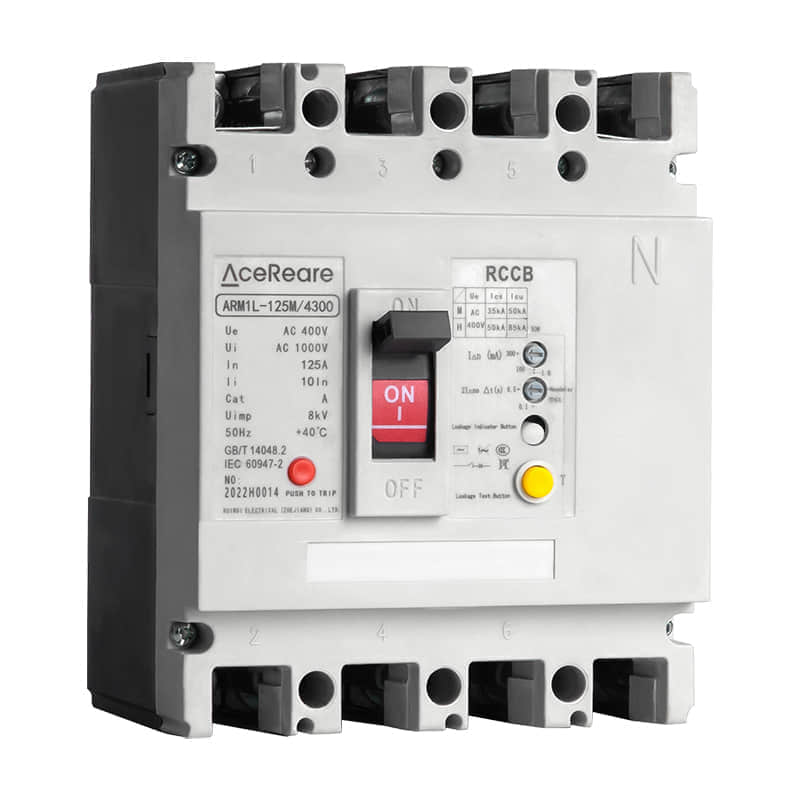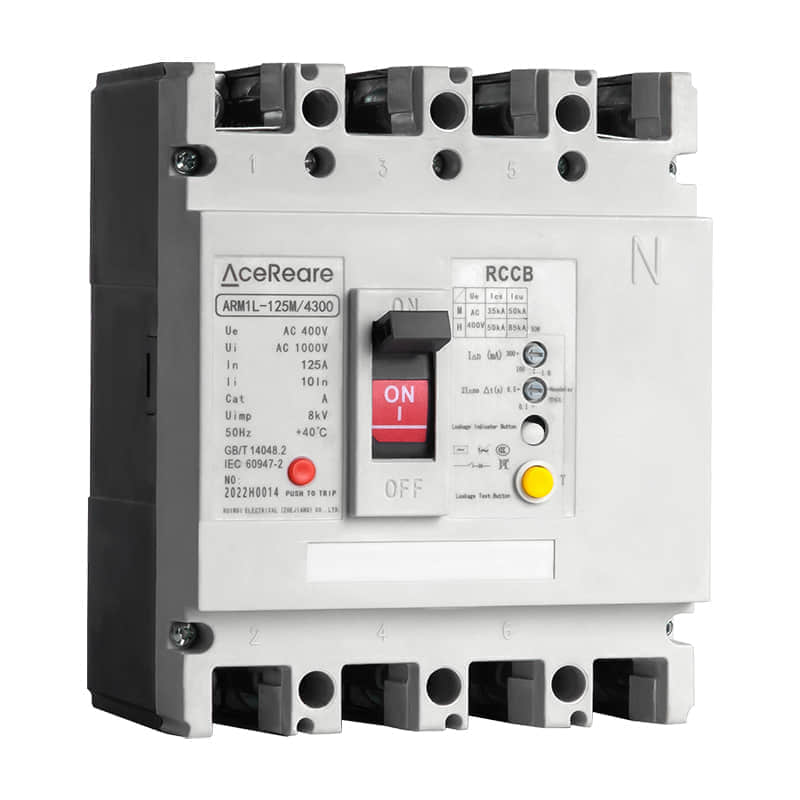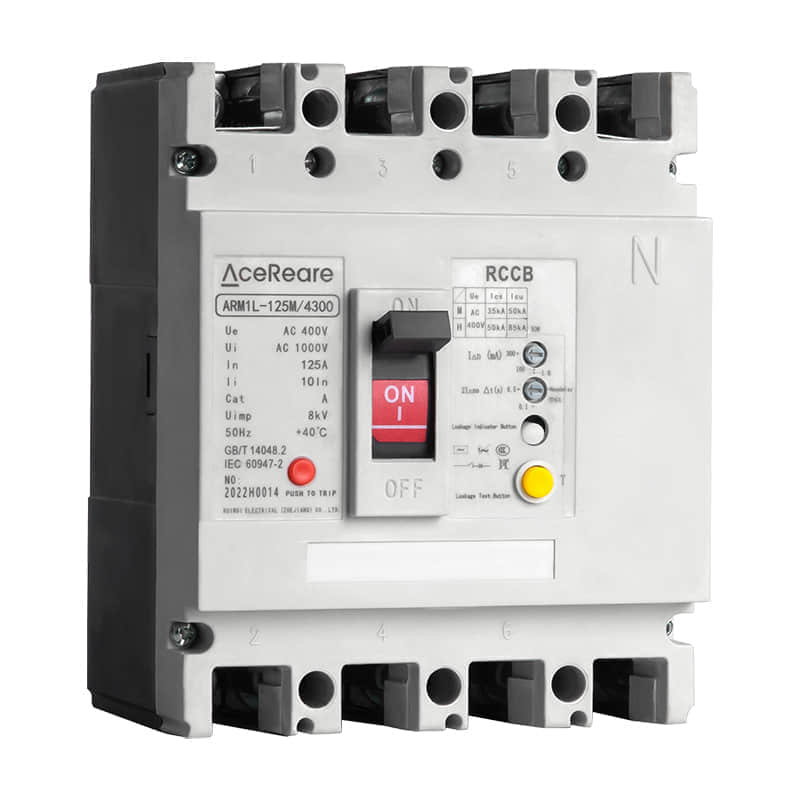In our modern world, electricity plays a pivotal role in powering our homes, industries, and technologies. However, it also poses inherent risks if not handled with care. Electrical faults, such as short circuits and ground faults, can lead to hazardous situations. To mitigate these risks and enhance electrical safety, Molded Case Circuit Breakers (MCCBs) with Residual Leakage Protection have emerged as a crucial innovation.

Understanding MCCBs with Residual Leakage Protection

MCCBs are devices commonly used to protect electrical circuits from overloads and short circuits. They serve as the first line of defense against electrical faults, disconnecting the circuit when they detect an abnormal current flow. However, traditional MCCBs are primarily designed to safeguard against overcurrent situations, leaving a critical vulnerability unaddressed: ground faults or leakage currents. Ground faults occur when current inadvertently flows from the live conductor to the ground, bypassing the intended circuit path. These faults can be life-threatening and are particularly dangerous in wet or damp environments. MCCBs with Residual Leakage Protection are engineered to tackle this issue head-on. How Residual Leakage Protection Works Residual Leakage Protection, often referred to as Residual Current Devices (RCDs) or Ground Fault Circuit Interrupters (GFCIs), monitors the current flowing through a circuit. Unlike traditional MCCBs, which only respond to overcurrent, RCDs/GFCIs are sensitive to even small imbalances between the current flowing through the live and neutral conductors. When an imbalance is detected, it signifies that some current is escaping from the intended path, likely due to a ground fault. The RCD/GFCI acts swiftly, tripping the circuit within milliseconds to prevent any further harm. This rapid response significantly reduces the risk of electrical shock or fire, making it an invaluable addition to electrical systems. Applications and Benefits The applications of MCCBs with Residual Leakage Protection are widespread. They are commonly employed in residential, commercial, and industrial settings to safeguard both people and property. Here are some key benefits of using these devices: Enhanced Safety: The primary advantage is improved safety. RCDs/GFCIs provide an extra layer of protection, reducing the risk of electrical accidents, especially in locations with a high potential for moisture, like bathrooms, kitchens, and outdoor areas. Reduced Fire Hazard: By swiftly disconnecting the circuit when a ground fault occurs, these devices help prevent electrical fires, saving lives and property. Compliance with Codes and Standards: Many electrical codes and standards now mandate the use of RCDs/GFCIs in certain applications, ensuring legal compliance and adherence to safety regulations. Easy Installation: MCCBs with Residual Leakage Protection are designed for easy installation, making them accessible for electricians and homeowners alike. Versatile Applications: They can be used in various electrical systems, from small residential setups to large industrial installations. Challenges and Considerations While MCCBs with Residual Leakage Protection offer significant advantages, there are some considerations to keep in mind: False Tripping: In certain situations, such as when using equipment with leakage currents (e.g., capacitors), false tripping may occur. Proper engineering and sizing are essential to mitigate this issue. Maintenance: Regular testing and maintenance are crucial to ensure the continued effectiveness of RCDs/GFCIs. Compatibility: Not all electrical systems are initially designed to accommodate RCDs/GFCIs, so retrofitting may be necessary. Conclusion In an age where electrical power is an indispensable part of our lives, safety must remain paramount. Molded Case Circuit Breakers with Residual Leakage Protection are a remarkable advancement in electrical safety technology. Their ability to detect and respond to ground faults can prevent accidents, save lives, and protect property. As these devices become more widely adopted and integrated into electrical systems, we move one step closer to a safer, more secure electrical future.
